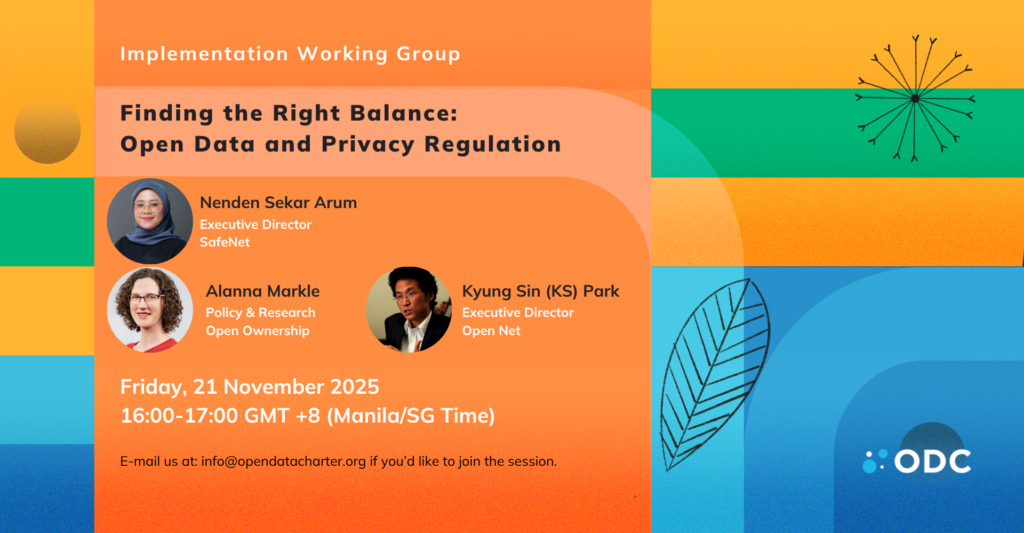On October 13, 2010, a Korean high court affirmed a lower court ruling that a 53 seconds long video clip posted on a blog, showing a 5 year old humming along a copyrighted song, constitutes a fair use, and ordered a copyright society’ to pay the poster damages for unjustly requesting a takedown under the Korean notice-and-takedown system. The judgment was not appealed by the copyright society and have now become final.
Korean Copyright Act Article 103, fashioned after the notice-and-takedown procedure enshrined in DMCA’s section 512, mandates online service providers (or OSPs) to take down any poster claimed by another to be infringing and also to restore any thus taken-down post claimed by the poster to be non-infringing. In order to prevent abuse of the near-automatic nature of these takedown/restoration remedies, Article 103 Paragraph 6 stipulates that anyone who issues a takedown notice or a restoration notice “without a just right” shall be liable in damages.
In February 2009, Woo Jong-Hyun (surname Woo) recorded her 5-year old daughter casually singing part of the popular singer Sondambi’s major hit I am Crazy unaccompanied and imitating the singer’s gestures and posted the video clip on his blog opened at the country’s major portal Naver, operated by NHN. June of that year, the Korean Music Copyright Association (a.k.a. KOMCA) issued about 16,000 takedown notices to Naver, including the one on Woo’s video clip. Naver immediately took down the video clip and informed Woo his right to request restoration under the law. For reasons detailed below, Naver rejected Woo’s restoration notice and the video clip has been down ever since, and Woo filed suit against KOMCA in August 2009.
Then in February 2010, a lower court ordered KOMCA to pay Woo damages of 200,000 Korean won (an equivalent roughly of US$200), not a small amount, in the very conservative civil damages scheme of the country, for requesting the takedown ‘without a just right’. Then October 10, the higher court affirmed the lower court’s ruling with a slight modification, i.e., requesting a takedown ‘without a just right’ should be read to mean ‘without a just cause’ because the damages remedy should apply against not just those without any copyright but also to those with copyright and exercising it unjustly.
Article 28 of the Korean Copyright Act, a closest thing to section 107 of the U.S. Copyright Act, allows published works to “be included” in other works for news reporting, criticism, education, research, etc., “within a justifiable extent in accordance with fair custom.” The lower court had found the video clip to be made for the purpose of ‘creative and productive use’ and also to be non-threatening to the market value of the copyrighted song. The court also found that the lyrics were audible only for 15 seconds and even the audible parts were quite dissimilar from the original in words, melodies, rhythm, and harmony. The court therefore found the video clip non-infringing, and ordered the damages against KOMCA for overbroadly requesting a takedown ‘without careful inspection.’ The high court elaborated on the reason for finding a fair use further as follows: “The video clip does not deliver the same emotion that the original song delivers. . . He added, close to the video clip and other video clips of her daughter’s singing, a text stating ‘I only smiled at her singing but I am a bit worried that the child may like dancing and singing too much. I wish she sang more girlie songs’, which together with the clips became a new creative work expressing the plaintiff’s thoughts and emotions.”
Woo’s lawsuit also included a claim against Naver’s operator NHN for not restoring the post upon his request but that claim was rejected by the court. As said before, the law requires restoration to be near-automatic upon request. However, Article 103 also authorizes the government to issue regulations on the requirements of takedown notices and restoration notices, and Article 42 of that regulation (called the Enforcement Decree) requires restoration notices to be supported by evidence that copyright has expired or you own or have licensed the copyright. Woo, of course, could not furnish such evidence since his claim of non-infringement was based on a fair use doctrine, and NHN, in keeping with the regulation, rejected the request. The lawsuit, however, attempted to hold NHN for not complying with the obligations imposed by the higher statute (Article 103) which does not require such evidence. The court refused to fault NHN for that. Commentators believe that Article 42 of the Enforcement Decree, by not recognizing fair use defenses as the bases for restoration notices, diminishes unjustly the users’ rights in violation of the statutory mandate.
The Public Interest Law Center, headed by K.S. Park, Professor of Korea University Law School (ky**********@******ac.kr), a division of People’s Solidarity for Participatory Democracy (PSPD), the country’s premier civic organization, and represented by one of its volunteer lawyer Chung Yeon-Soon. The Public Law Center had also filed a suit to challenge a libel-based take-down last December, and a constitutional challenge against the country’s notorious mandatory self-identification system in January 2010. The Public Interest Law Center is also lobbying to amend Article 42 of the Enforcement Decree of the Copyright Act.


0 Comments